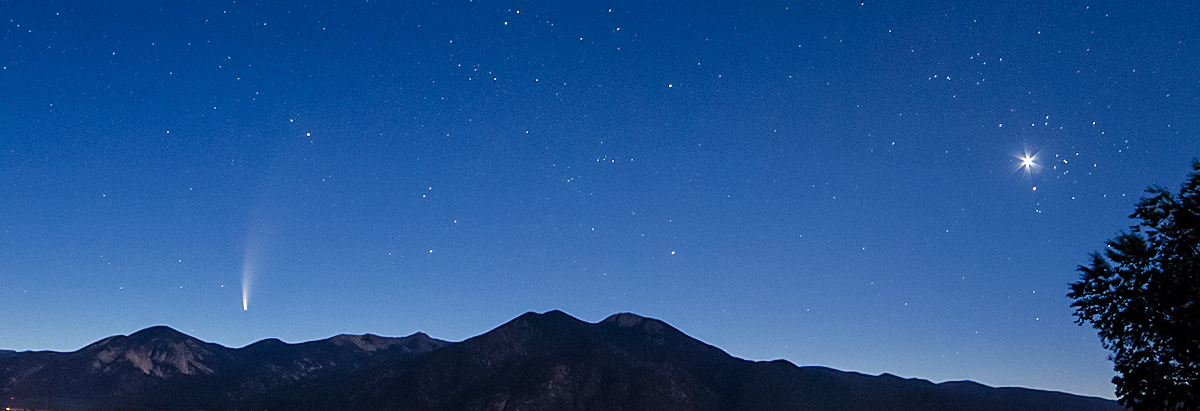
Welcome to taosastronomer.com!
offering
local "hands-on" observing
(visual and imaging) sessions and instruction
viewing and imaging from Rabbit Valley Observatory
a dark sky location on the mesa just west of Taos, NM
New!!! -- video images using RVO's recently-installed 127mm ES127ED Explore Scientific Apochromatic refractor and employing the recently-renovated HyperTuned Losmandy G-11 mount, equipped with Ovision's high-precision RA worm, and most recently also featuring Losmandy's RA extension kit, all employing RVO's new Atik Infinity Video Camera. These images are essentially on-the-fly screen grabs; multiple images auto-stacked within the software and the quickly and minimally post-processed the next day using CCDStack2, Neat Image noise reduction, Topaz Photo AI, and Photoshop. Details below . . . |
Astro-images of Willis Greiner and guests of Rabbit Valley Observatory [copyright Rabbit Valley Observatory/Willis Greiner, 2019 onward-- all rights reserved] |
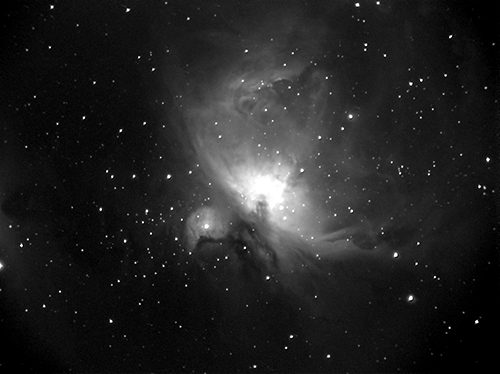 |
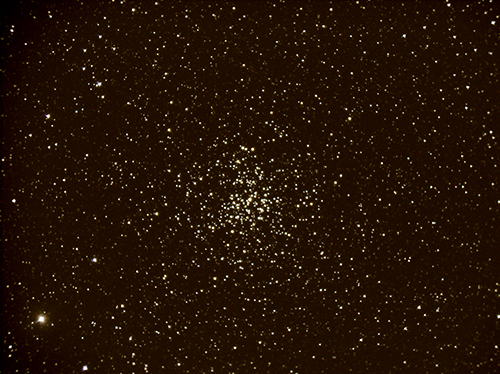 |
Orion (M42 and M43) Nebulae
|
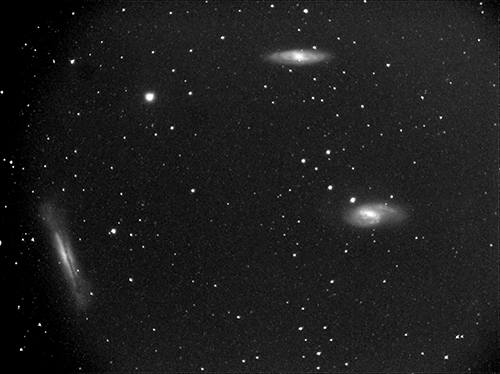 |
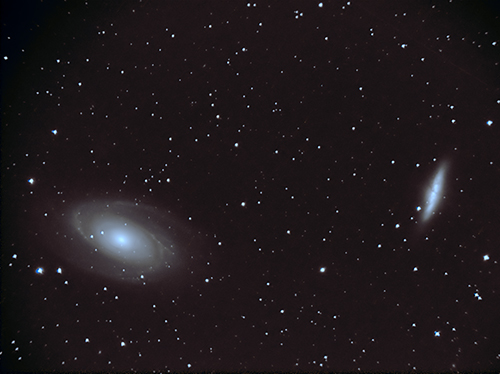 |
Leo Triplet Galaxies Leo constellation / video screen grab @ f3.75 April 19, 2019 (see also my high-resolution image of this object) |
M81 / M82 Galaxies Ursa Major constellation / video screen grab @ f/3.75 / noise reduction employed April 19, 2019 (see also my high-resolution image of this object) |
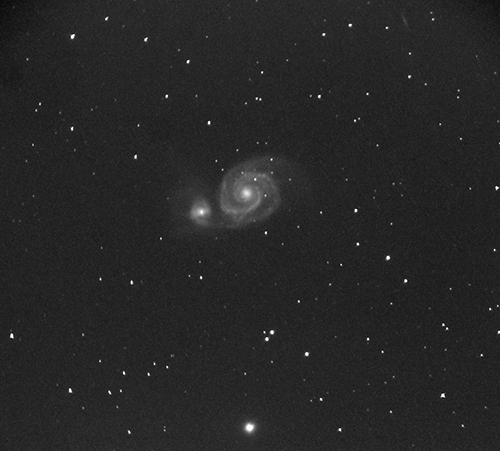 |
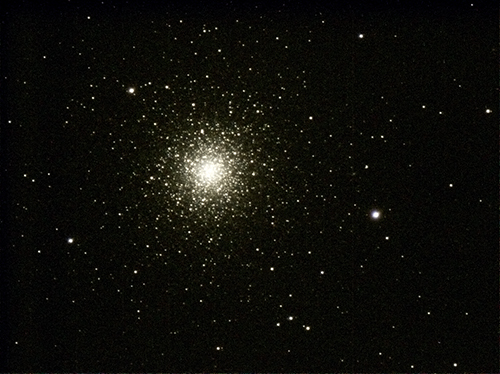 |
M51 and NGC 5195 "Whirlpool" Galaxies Canes Venatici constellation / video screen grab @ f/3.75 5 stacked 30-second exposures April 19, 2019 (see also my high-resolution image of this object) |
M3 Globular Star Cluster Canes Venatici constellation / video screen grab @ f/7.5 12 stacked 15-second exposures May 1, 2019 |
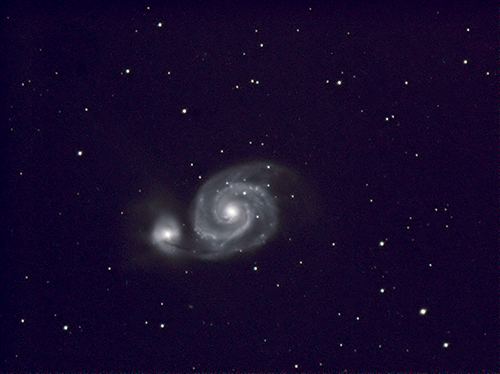 |
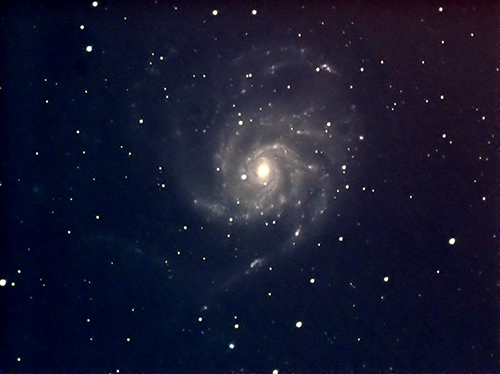 |
M51 and NGC 5195 "Whirlpool" Galaxies Canes Venatici constellation / video screen grab @ f/7.5 12 stacked 30-second exposures noise reduction employed May 1, 2019 (see also my high-resolution image of this object) |
M101 "Pinwheel" Spiral Galaxy Ursa Major constellation / video screen grab @ f/7.5 15 stacked 45-second exposures noise reduction employed May 1, 2019 (see also my high-resolution image of this object) |
Below are images taken alongside the visiting DiGiacomo/Kalishman "clan" in late October, 2019. |
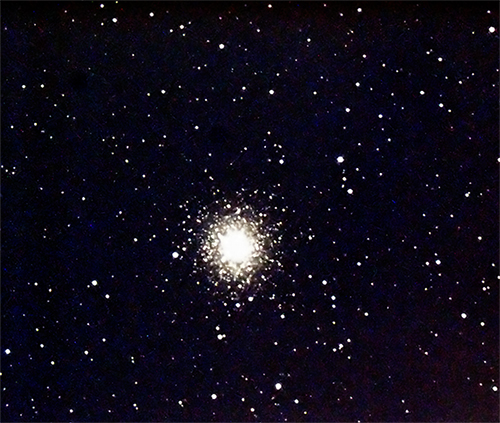 |
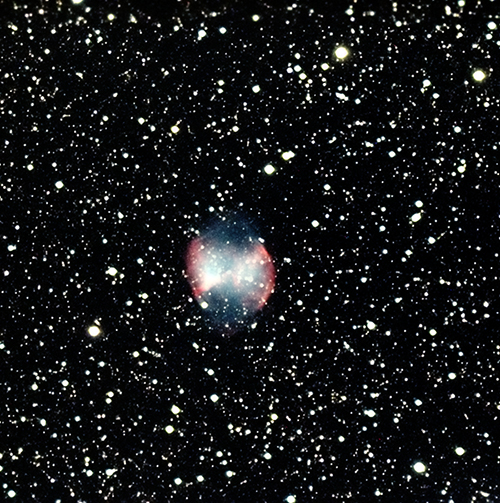 |
M2 Globular Star Cluster Aquarius constellation / video screen grab @ f/5.25 ~15 stacked 30-second exposures noise reduction employed October 27, 2019 |
M27 Dumbbell Planetary Nebula Vulpecula constellation / video screen grab @ f/5.25 ~20 stacked 45-second exposures noise reduction employed October 27, 2019 (see also my high-resolution image of this object) |
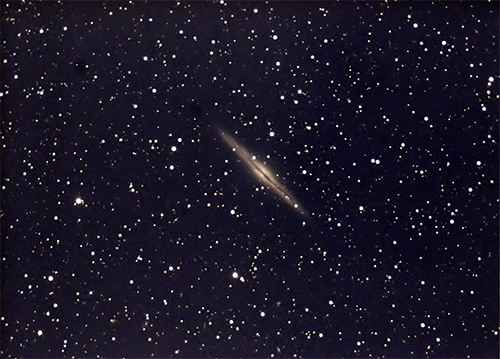 |
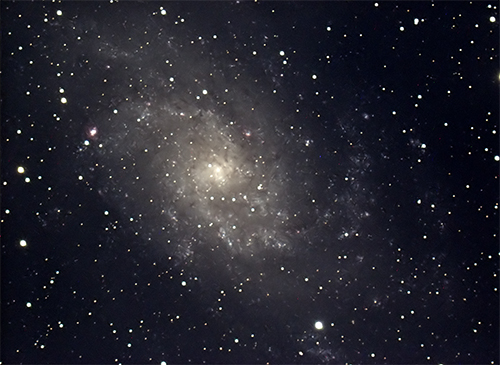 |
NGC891"Outer Limits" Edge-On Spiral Galaxy Andromeda constellation / video screen grab @ f/5.5 ~20 stacked 45-second exposures noise reduction employed taken October 25, 2019 with visiting sister Susanne |
M33 Triangulum Spiral Galaxy Triangulum constellation / video screen grab @ f/5.5 ~20 stacked 45-second exposures noise reduction employed taken October 25, 2019 with visiting sister Susanne (see also my high-resolution image of this object) |
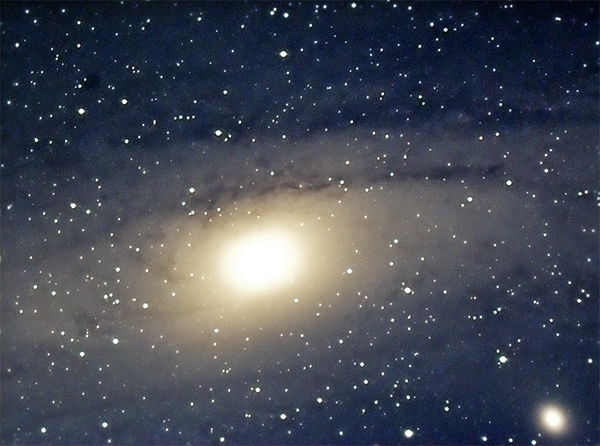 |
|
M31 (and M32) "Great Andromeda" Galaxy Andromeda constellation / video screen grab @ f/5.5 ~20 stacked 45-second exposures noise reduction employed October 27, 2019 (see also my high-resolution image of this object) |
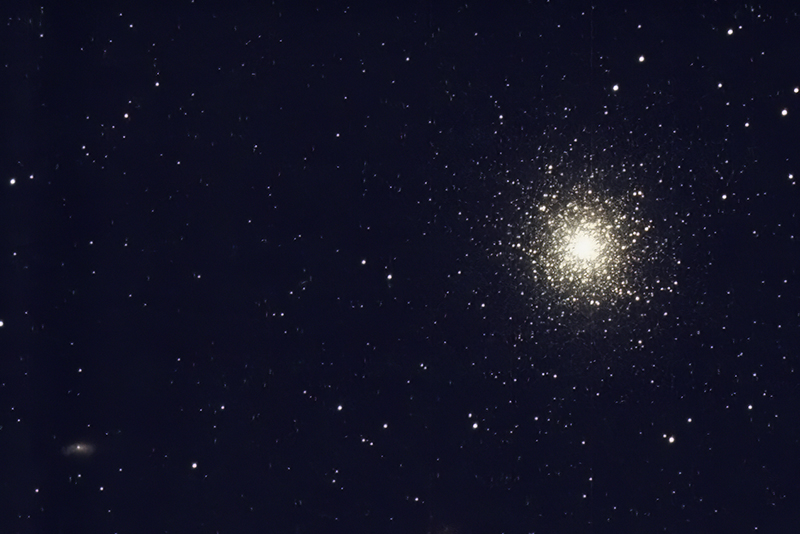 |
|
Globular Cluster
M13 in Hercules (note small adjacent galaxy NGC6207 in left corner of photograph) Hercules constellation / video screen grab @ f/5.5 ~15 stacked 10-second exposures Topaz Labs noise reduction/sharpening employed June 03, 2024 |
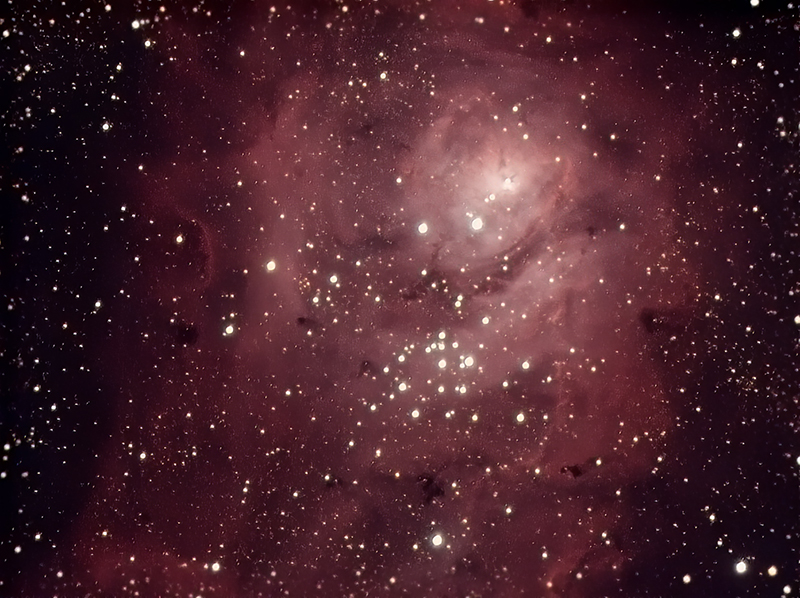 |
|
Emission Nebula M8 and adjacent Star Cluster in Sagittarius Sagittarius constellation / video screen grab @ f/5.5 ~15 stacked 10-second exposures Topaz Labs noise reduction/sharpening employed June 03, 2024 |
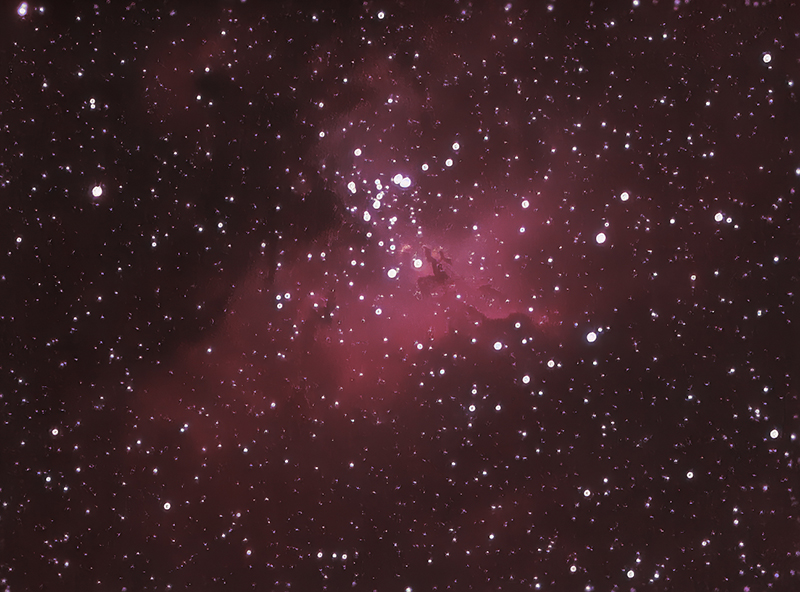 |
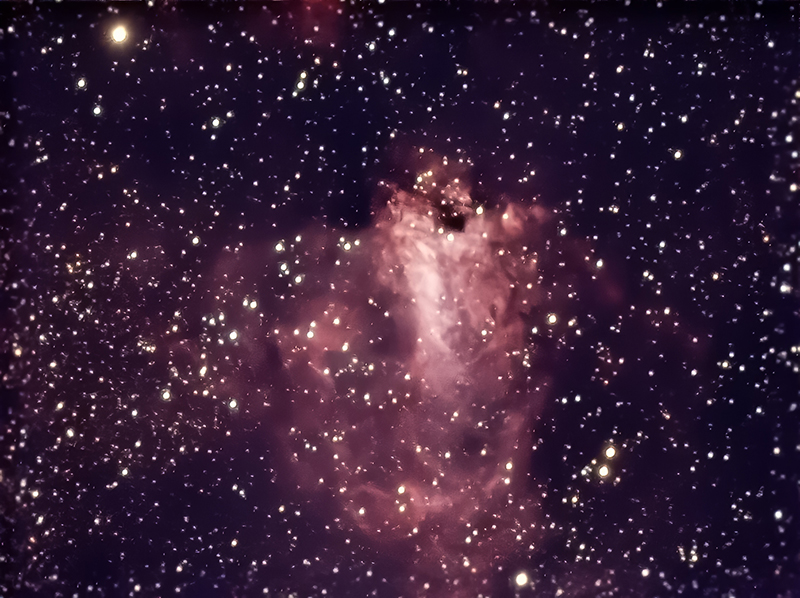 |
Emission Nebula M16 in Sagittarius |
Emission Nebula M17 in Sagittarius Sagittarius constellation / video screen grab @ f/5.5 ~15 stacked 15-second exposures Topaz Labs noise reduction/sharpening employed June 03, 2024 |
Please click on title texts to link externally to interesting additional information on each photographic subject |
|
To correctly and accurately view images such as those seen on this website, it is important to adjust your computer or device's monitor to the neutral gray scale above. First of all, every sector seen above should appear to be shades of a neutral gray -- gradually moving from black to white -- further, each segment should be independently visible, not "oozing into" one another. When your device is correctly calibrated (not so difficult) you will be able to view the images as they were created and intended to be seen. |
(all content copyright 2015-2024 Willis Greiner Photography, all rights reserved)